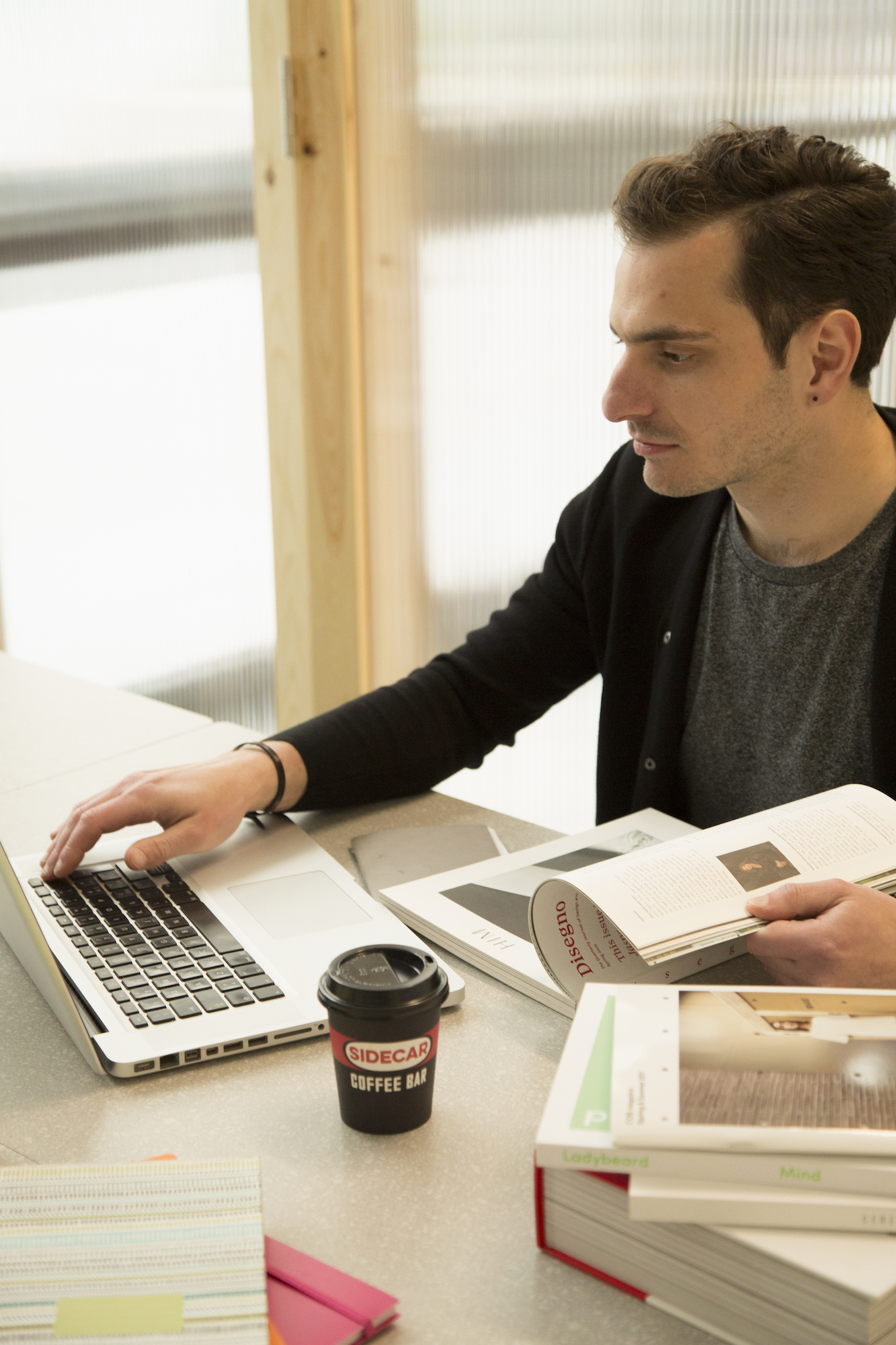Despite the fact that the nature of work is changing with the introduction of Covid-19 social distancing rules, many employees still spend their time in physical offices. Considering that many employees have to work at least 40 hours per week, that’s a lot of time in one place. It is up to the business owner to make sure that the employee feels at home in the workplace and looks forward to coming back the next day. You can do several things to make the workplace a better place to spend time, and one of the ways is having a superior workplace design.
This article will show you how an excellent workplace design can improve your employee’s wellbeing and engagement.
- Lighting and Ventilations
Your employees spend long hours in the workplace, so it is crucial to ensure the place is well-ventilated and the lighting is perfect. Adequately ventilated and lighted rooms are a huge motivator for employees to work every day.

Research on the impact of indoor environmental quality on occupant wellbeing showed that lighting and ventilation are vital in the workplace. A well-ventilated room improves the air quality inside, which in turn reduces pollution.
On the other hand, poor lighting can affect an employee’s brain function. The same research published in 2016 showed that poor lighting increases the risk of headaches, eye strains, and tiredness. This can increase employees’ stress levels and increase the number of daily absentees.
When more employees fail to come to work because of medical conditions caused by poor workplace design, the productivity of your company is likely to decrease. Renovating the office and enhancing the ventilation and lighting can improve your worker’s productivity and satisfaction by up to 24%. When workers are satisfied, they are likely to perform better.
- Furniture
The comfort of the furniture in the workplace is crucial to improving the employees’ wellbeing and productivity. Ergonomic furniture decreases the risk of common office injuries, increasing the employee’s satisfaction and decreasing the number of absentees.

It is a fact that many employees spend their time sitting for extended periods. This can result in physical pain, mostly on their necks, shoulders, and back. Thankfully, some chairs are designed to reduce the risk of neck, back, and shoulder pains. Having such furniture in your workplace can make the employees feel more comfortable and satisfied. Your employees will be healthier, and they can dedicate their time to working for you, not nursing pains caused by sitting on uncomfortable chairs for extended periods.
- Visuals
The colours in your workplace can improve your employee’s moods and influence their mental and physical wellbeing. Research in neuroscience and psychology has demonstrated that colour has a significant effect on human hormones and brains, affecting mood, physiology, and behaviour. Therefore, the colours surrounding your employees every day can affect how they feel, work, and even behave.
Different colours have different wavelengths, affecting stress levels and mood differently. That said, the colour green is considered one of the most effective stress busters. Having your workplace surrounded by green from natural elements like grass and flowers can reduce employees’ stress levels and improve their wellbeing. More oversized windows that provide a beautiful view of nature can also help create a calmer and healthier workplace.
- Options and Control
Giving your employees options and control of their workplaces can improve their wellbeing drastically. For example, providing your employees with adjustable desks, temperature control, and lighting options can increase their satisfaction, improving your company’s productivity. Not all provisions are possible, but you should try as much as possible to give your employees options and control. Besides, you could ask them for suggestions; they will appreciate that you care about them, increasing employee loyalty.

For David Rowland, Head of Marketing at Engage EHS, health and safety is the responsibility of everyone in an organisation. This may seem tough, but the payoffs are huge: increased productivity of workers, increased bottom line, and greater consumer confidence.
Improving workplace design is a win-win situation for the employer and employee. The employee enjoys improved wellbeing, while the employer enjoys increased productivity and employee loyalty.
Photo credits: coworkinglondon.com
